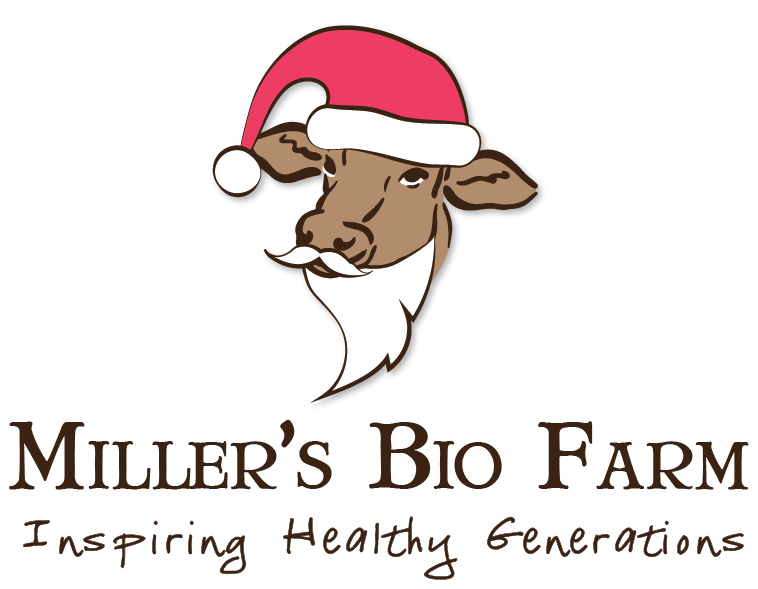Why meat from stressed animals tastes worse (and it’s also inhumane).
posted on
August 9, 2024
Have you ever noticed that some meat tastes way different from a different farm's (or supermarket’s) meat... even when they boast the same farming practices? Why is that? Would it surprise you that the animals' welfare plays a vital role in the meat they produce?
For some of us, this is common knowledge. But many still don’t realize the extent of suffering some animals are put through at the farm where they are raised (if you can even call some of them farms). Let’s look at some common living conditions on conventional farms:



Imagine the life of these animals... they're ultimately locked up with nowhere to go, fed with the cheapest feed their owner can source. It's pretty far from "natural". They live in a stressed environment every day, but...
The most stressful time for these animals is the slaughterhouse.
There are a few reasons why:
- Transport. Animals like consistency, not travel. The farther and longer they travel on a truck or train, the more stressed they become. Many conventional animals travel days to reach the processor.
- Being in an unknown environment. When an animal is moved to a new environment, their fight or flight stress response kicks in.
- Chaotic or rough handling: With beef cattle and pigs, they might be shoved by humans if they need to move to a new yard. With chickens, they might be thrown. And, they often need to shove their way to get food from a trough.
- Long waiting time: When conventional animals are sent to the processor, they are often kept there for days (or even weeks). Studies show that the longer the animal remains at the processor, they produce lower quality stressed meat than animals quickly slaughtered after arriving.
- Knowing what's going to happen: At some processors, animals can see other animals being killed. This causes massive stress spikes in the animals.
Miller's does it all humanely.
At Miller’s Bio Farm, our animals for meat live happily and free on the pasture their whole life. Foraging fresh grass and plants in the summer. While getting dry feed in the colder months when the pasture isn’t flourishing. You can see pictures and read more about our farming practices here.
However, the reality is we still have to kill animals to produce meat. But we aim to keep it as quick and humane as we possibly can.
Our animals are slaughtered the day they arrive, mitigating the high stress conventional beef or pork would have spending days in a slaughter house. Our processor makes the process low stress and humane by giving the animals room and privacy. Here's what slaughter is like:
- Beef: Each beef is brought in individually to the slaughter room where they are shot with a bullet, quickly striking them down.
- Pork: Each pig is brought in individually. They are quickly stunned with an air gun, instantly rendering them unconscious.
- Chicken: They are hung in a cone, which calms them down. Then their throat is slit, instantly killing them.
So what's the science behind meat and stress?
When an animal gets stressed, their adrenaline and cortisol start to rise. Their body (like ours) uses glycogen, a stored energy to create this adrenaline. With low-stress slaughter, this glycogen isn’t depleted. Instead, it’s retained in the muscle meat post slaughter then converted into lactic acid. This is what helps keep the meat low in pH, tender, and more flavorful.
However when under high stress, the glycogen is used up for hormones like adrenaline and cortisol, raising the pH of the meat and affecting the quality of the meat. When meat has high pH, oxygen cannot diffuse deep into the muscle. Making the meat coarse, retain more water that is lost when cooking, lessen shelf life, and still appear pink even when cooked thoroughly.
Stress affects everyone differently.
And this goes for animals as well.
Stressed pigs typically makes pork more acidic, pale, and crumbly. This results in what is known in the industry as “pale, soft, exudative” (PSE). Meat that is practically unsellable. Conventional farms tackle this stressed unsellable meat by mixing it into ground meat. Why improve living and slaughtering conditions when you can improve your profits?
As for other meats like beef, high stress meat is usually tough, dry, and acidic. Just like PSE meat it has a much shorter shelf life also. This meat is known as “DFD” (dark, firm, dry). Again, this is a result of glycogen being depleted to fuel the stress state the animal is in.
However, you can also still get PSE beef and DFD pork, too. An an example, here's what pork in each state looks like.

You are what you eat.
You’ve probably heard this saying before. When it comes to stressed meat, it’s absolutely true. Studies have shown that the high levels of stress hormones in meat can have a negative effect on humans, including increased risk of cardiovascular disease, impaired immune function, and even cause various forms of cancer! This is the hidden cost of mass produced meat.
What is most important about your meat? Does the welfare of animals stress you out?
-----
Sources
- Effects of Pre-Slaughter Stress on Meat Characteristics and Consumer Experience
- Adverse effects on consumer’s health caused by hormones administered in cattle
- The Effect of Stress on Livestock and Meat Quality Prior to and During Slaughter
- The effect of pH on beef eating quality
*Editing and visual content by Marie Reedell.




